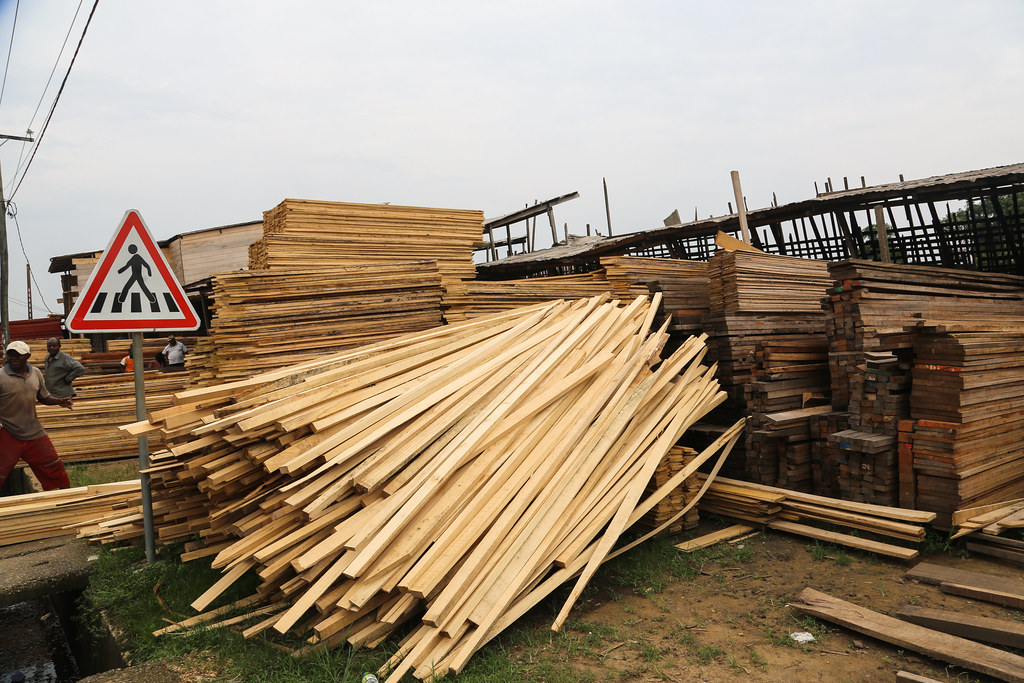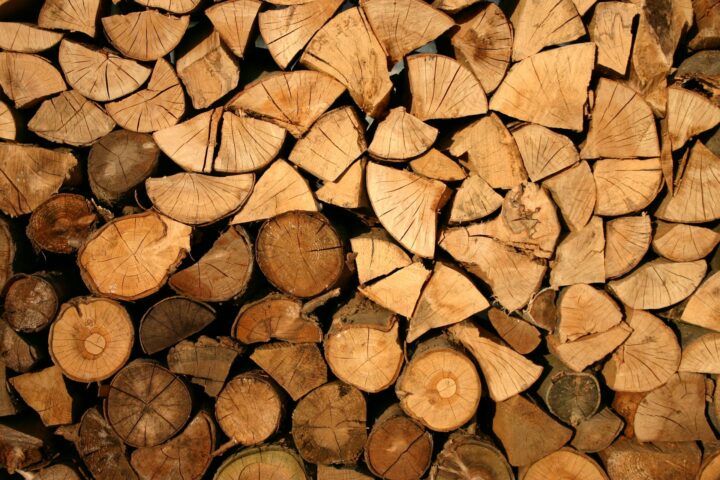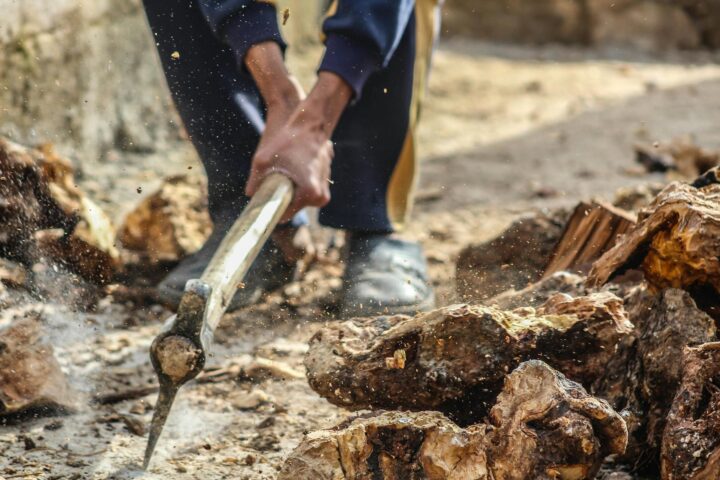-
Sustainable Timber Sourcing: 3 Top Tips
Are you looking for ways to become a master of sustainable timber harvesting? It can seem like a daunting challenge, but with the right tips and knowledge, it doesn't have to be!
Sustainable timber resources reduce the burden on our planet's forests.
In 2023 and beyond, green initiatives and reducing a business's carbon footprint are hot-button issues. Now more than ever before, companies across the globe are finding new and innovative ways to go green.
But what exactly makes a wood source "sustainable"? Read on to learn what sustainable timber is and its benefits!
What is Sustainable Timber?
Any wood product sourced to ensure it meets the standards of responsible forestry can qualify as sustainable timber. This practice includes using only trees from managed forests, protecting habitats, and preventing deforestation.
The practice also utilizes renewable resources whenever possible, like reclaimed lumber or fast-growing species of bamboo.
Why Sustainable Timber can Benefit Your Business
For starters, it helps to minimize the environmental impact caused by deforestation and to protect local habitats and biodiversity.
Sustainable timber sources often help revitalize rural communities. For areas that have relied on lumbering for their livelihoods, they provide jobs and economic growth.
Using responsibly sourced wood can also save companies money in the long run due to less waste from unsustainable logging practices.
It's a win-win situation for businesses and the environment alike – making it essential for any company's green initiative!
Going Green the Easy Way
Sourcing sustainable timber is not as complicated as it may seem.
The first step to becoming a master of sustainable timber sourcing is understanding exactly what makes a source responsible.
A good rule of thumb is to look for suppliers with Forest Stewardship Council (FSC) certification, which ensures that the wood and materials used are sourced responsibly and come from legal sources.
Look to buy regional or local lumber when possible to cut back on transportation costs and emissions.
After you've identified a reputable supplier, take some time to research the types of wood available and decide which one best suits your needs – both in quality and sustainability criteria.
Some popular options include:
❖ Reclaimed lumber
❖ Bamboo or eucalyptus
❖ Oak or maple (when FSC-certified)
❖ Cedar or pine (when sustainably harvested)
A Change for the Better
Identifying responsible sources, researching the types of wood available, and using traceability systems make reducing your business's carbon footprint easier than ever!
Not only beneficial for the environment, focusing on renewable wood sources keeps costs low and promotes social responsibility.
Is it high time to reduce your company’s carbon impact? Don't wait – get out there and start sourcing responsibly, and do your part in protecting our planet's forests!
At Green Ridge Forest Products, we’re here to make your job a bit easier. Book a call with us now and discover how to transition into a greener supply chain!




